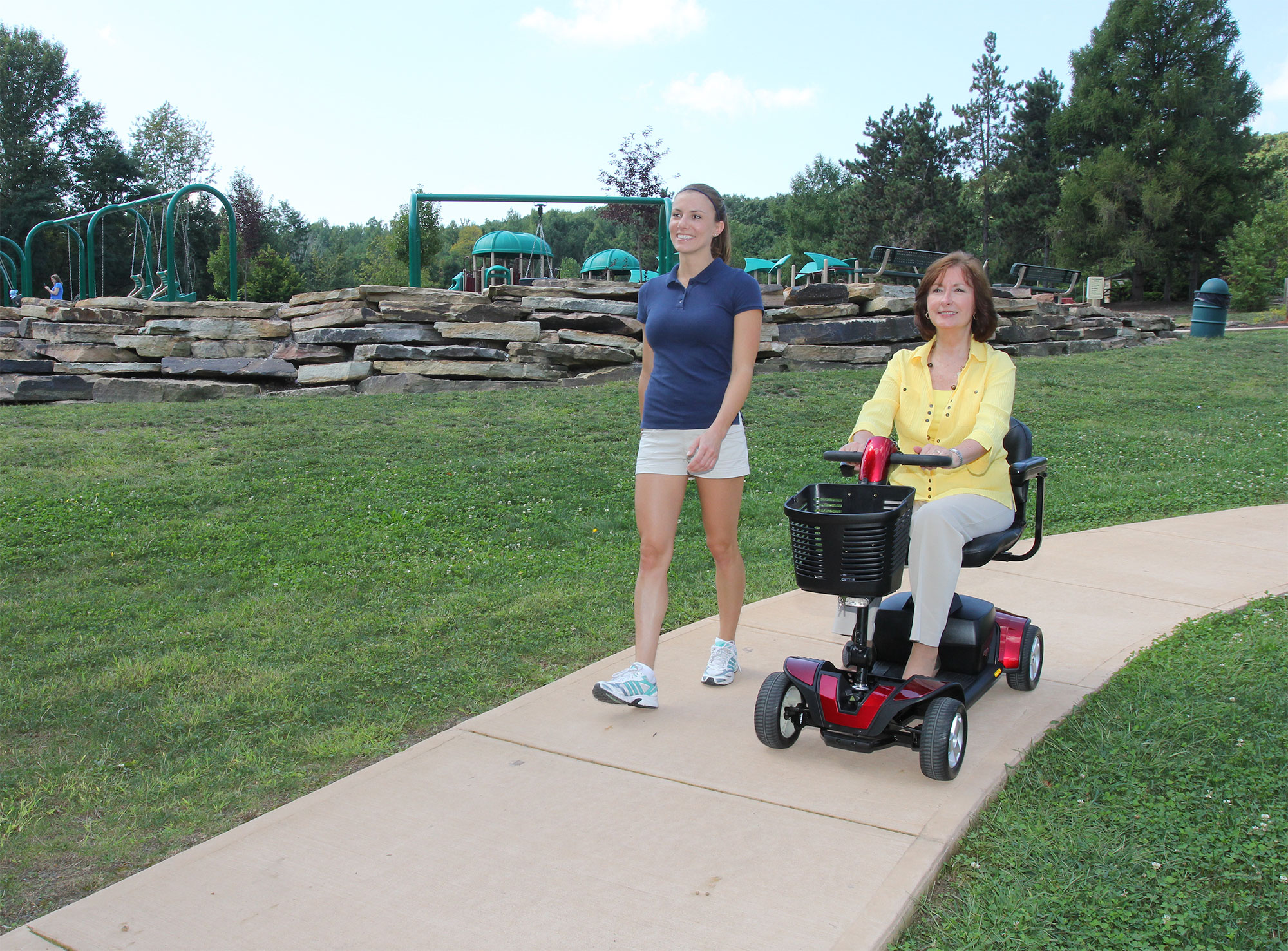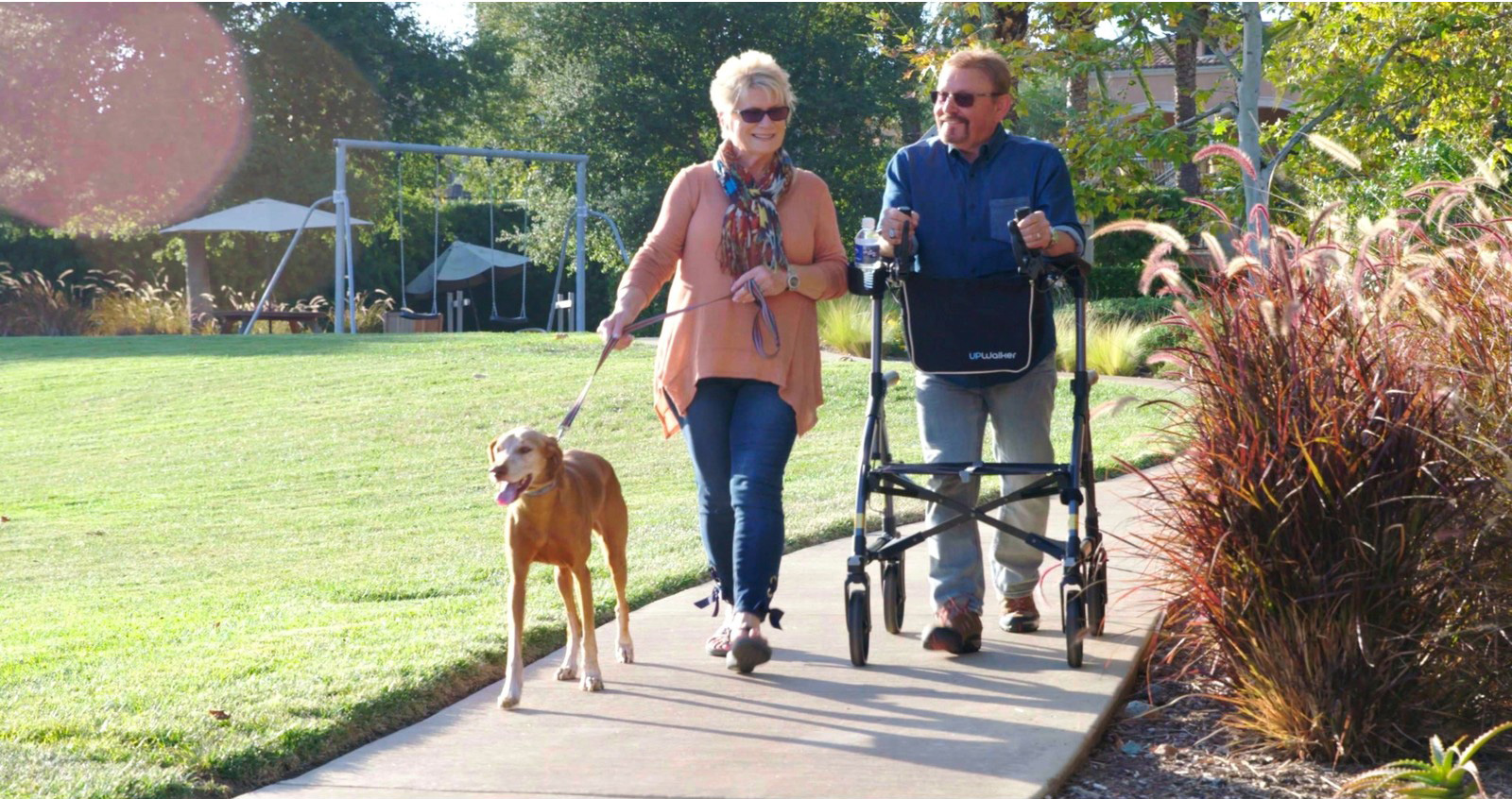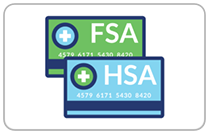Moving into an Assisted Living Community: Your Comprehensive Checklist
Moving into an independent or assisted living community is a significant life transition, one that can bring mixed emotions. On one hand, it offers a chance to enjoy a supportive and social environment tailored to your needs. On the other hand, it involves a series of decisions, including downsizing your possessions, adjusting to a new living space, and ensuring that you have everything you need to stay safe and comfortable.
To help you navigate this journey, we’ve put together a comprehensive checklist that covers everything from downsizing tips to essential products for seniors. Whether you’re a senior yourself or a caregiver assisting a loved one, this guide is designed to make the move into an assisted living community as smooth as possible.
Start with the logistics of moving to a new community
As you embark on the journey of selecting a specific residence or deciding what to bring along for the move, the foremost consideration should be the moving process itself. If you are opting for professional movers, begin by conducting online research to identify the most reputable moving companies in your vicinity. However, it’s essential to swiftly transition from creating a shortlist to engaging in phone conversations and face-to-face interviews with potential movers to evaluate their reliability and availability.
Employing the services of movers
While on the hunt for a moving company, you may find that many do not align with your specific needs. Relocating a senior is a unique undertaking, and you might find that a senior move manager is a suitable option for your situation. Additionally, the new community may provide a list of recommended movers that they can share with you.
Here are crucial steps to follow:
- Review Online Feedback: Begin by reading online reviews and compile a selective list of promising candidates.
- Obtain Cost Estimates: Ensure that you receive detailed cost estimates from the companies and clarify any potential additional charges.
- Confirm Move-In Date Availability: Clearly communicate your preferred move-in dates and inquire about the movers’ contingency plans for adverse weather conditions.
- Verify Licensing and Insurance: Confirm that the moving company possesses the necessary licenses and insurance coverage to safeguard your belongings during the move.
- Assess Handling of Specialty Items: If there are any heavy or delicate items like a hospital bed, insist on concrete evidence of the movers’ prior successful handling of such items.
Beyond movers: Administrative tasks, bills, and cancellations
While finalizing the logistics of the move itself, it is crucial to address the following essential administrative tasks. Ensure you have a notebook or a device on hand for notetaking, as there will be numerous details to remember and tasks to complete.
- Complete Pre-Move Paperwork: Verify with the new community that all required pre-move paperwork has been duly completed to prevent any unexpected issues upon move-in, such as assigning a responsible party for financial matters.
- Update Contact Information: Notify relevant parties, including the postal service, Social Security Administration, financial institutions, and others, of your new address.
- Utility and Service Providers: Notify utility and service providers of the move and arrange for disconnection or cancellation of services.
- Share New Contact Information: Distribute your new address and contact details to essential personal contacts, including friends and family.
- Prescription Transfers: If necessary, transfer prescriptions, as the new community may be distant from the current pharmacy or may handle prescription refills differently. Ensure you discuss this with the community and your doctors.
- Transitioning Care: Prepare for the possibility of transferring to a new physician or medical facility. Some communities even offer in-house physicians for added convenience.
What is downsizing for seniors?
One of the most challenging aspects of moving into an assisted living community is downsizing. Over the years, we accumulate a multitude of belongings, each with its own memories and sentimental value. Downsizing means making the tough decisions about what to keep and what to part with, ensuring that you can comfortably transition to your new living space.
Tips for dealing with downsizing in aging adults
- Start Early: Begin the downsizing process well in advance of your move. This allows you to take your time, make thoughtful decisions, and reduce stress.
- Declutter Gradually: Tackle one room or category at a time. Sorting through belongings can be emotionally taxing, so breaking it down into smaller tasks can make it more manageable.
- Consider Sentimental Value: While downsizing, think about what items truly hold sentimental value and bring you joy. Keep those and consider gifting or donating the rest.
- Ask for Help: Don’t be afraid to enlist the assistance of family members, friends, or professional organizers. They can provide support and an objective perspective.
- Measure Your New Space: Knowing the dimensions of your new living space can help you determine what furniture and belongings will fit comfortably.
- Digitize Memories: Scan old photographs and important documents to reduce physical clutter while preserving memories.
By following these tips, you can make the downsizing process less overwhelming and more manageable.
Comprehensive move-in checklist for independent living and assisted living communities
Moving into an assisted living community involves meticulous planning. Here’s a comprehensive checklist to ensure you have everything covered:
Essential documents
- Identification and personal documents (ID, passport, Medicare/Medicaid cards, etc.)
- Financial records and banking information
- Health insurance documents
- Legal documents (power of attorney, will, living will, etc.)
Personal items
- Clothing appropriate for all seasons
- Comfortable shoes with non-slip soles
- Toiletries and personal hygiene items
- Glasses, hearing aids, and other assistive devices
- Medications and a list of prescriptions
- List of allergies and medical history
- Family photos and sentimental items
Household essentials
- Bedding, pillows, and linens
- Dishes, utensils, and cookware
- Cleaning supplies
- Small appliances (microwave, toaster, coffee maker, etc.)
- Electrical adapters and extension cords
- Furniture that fits your new space
Safety and mobility products
- Fall prevention items especially in the bathroom (grab bars, non-slip mats, etc.)
- Items to assist with mobility (power chair, mobility scooter, rollator or walker, cane, etc.)
- Incontinence products to ensure there are no leaks when trying to get to the bathroom creating a slip and fall hazard
- Emergency call system or alert device
- Medication management tools
- Adequate lighting
Things to keep in mind
- Remove area rugs or secure them properly to prevent tripping hazards.
- Keep essential or frequently used items within easy reach, ideally at waist height. For higher items, use a grabber.
- Ensure there are no loose cords or wires on the floor.
- Install smoke detectors and check their batteries regularly.
- Arrange for transportation or have a mobility device (power chair or scooter) if necessary.
By checking off these items on your move-in checklist, you’ll be well-prepared to transition smoothly into your new assisted living community.
Products to consider when moving into assisted living
Fall prevention items
Falls are a significant concern for seniors, but there are products designed to reduce the risk of falls in older adults.
- Grab Bars: Install grab bars in the bathroom and near beds to provide support when standing or moving.
- Non-Slip Mats: Use non-slip mats in the bathroom, kitchen, and any areas prone to spills.
- Handrails: If your new living space has stairs or steps, make sure handrails are securely installed.
- Proper Lighting: Ensure adequate lighting in all rooms to help prevent trips and falls.
Mobility assistance
Depending on your mobility, you might need assistance:
- Walkers: Walkers provide stability and support for those with difficulty walking.
- Canes: Canes are helpful for maintaining balance while walking.
- Power Chair vs. Scooter: Consider your mobility needs when choosing between a power chair and a scooter. A power chair offers precise control, while a scooter provides more speed.
Incontinence products
For seniors dealing with incontinence, these products can help avoid accidents and infection. Even adults who deal with leaks are at risk of slip and falls.
- Adult Diapers: Choose the appropriate size and absorbency level.
- Disposable Underpads: These protect mattresses and furniture from leaks.
- Incontinence Briefs: Comfortable and discreet options are available.
By considering these products, you can enhance safety and comfort in your new living environment. We also suggest the National Council on Aging’s comprehensive guide to home safety for seniors, available here.
Moving into an assisted living community can be both exciting and challenging. By following our comprehensive checklist and downsizing tips, you can make the transition smoother and less stressful. Safety is paramount, so don’t forget to consider fall prevention items, mobility assistance, and incontinence products if needed.
We understand the importance of creating a safe living environment for seniors. Our team of home medical equipment experts conducts a free thorough four-room evaluation of your new home to identify potential hazards and recommend products that can enhance safety. By proactively addressing these issues, you can prevent accidents, particularly falls, which can be a major concern for older adults.
Remember, this move signifies a new chapter in your life, filled with opportunities to socialize, stay active, and enjoy your golden years. With the right preparations and the support of your loved ones, this transition can be a positive and fulfilling experience. Take a deep breath, follow our checklist, and embrace this new adventure with open arms. Your journey into assisted living can be a rewarding one, filled with new friendships and experiences to cherish.
















